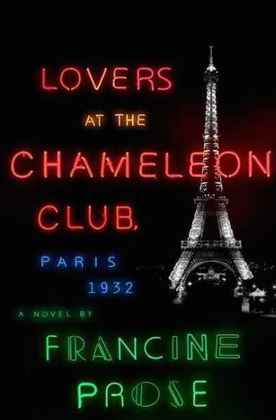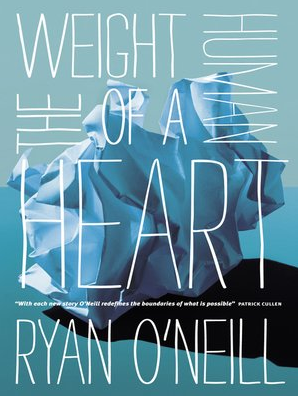Book by MARIA HUMMEL
Reviewed by

The epigraph to Maria Hummel’s latest novel Motherland is a short poem of the same title by the German poet Rose Ausländer (in German “Mutterland”).
My Fatherland is dead
They buried it
In fireI live
in my Motherland—
Word—translation by Eavan Boland
The poem encapsulates the novel, set in Germany in the last year of World War II, in which a young German wife and stepmother repeatedly risks her own life to keep her new family intact. Motherhood—stepmotherhood in this case—becomes her reason for being.










